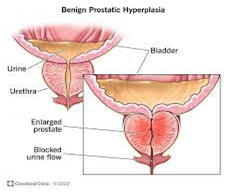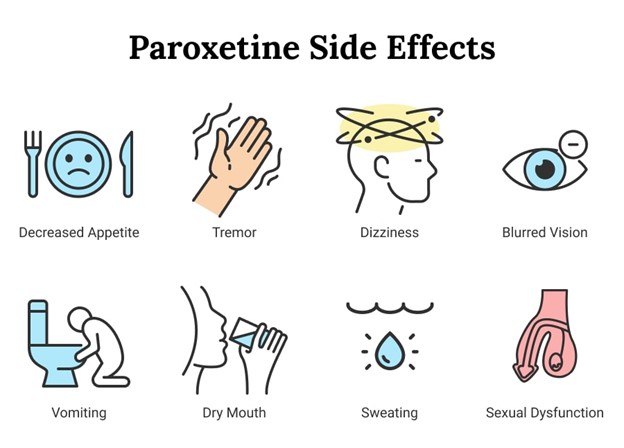A nurse is reviewing the medical record of a client who has sinusitis and a new prescription for cefuroxime. Which of the following client information is the priority for the nurse to report to the provider?
The client has a history of a severe penicillin allergy.
The client takes an aspirin daily.
The client reports a history of nausea with cefuroxime.
The client has a BUN level of 18 mg/dL
The Correct Answer is A
A. The client has a history of a severe penicillin allergy:
Correct Answer: This is the priority information for the nurse to report to the provider.
Explanation: Cefuroxime is a cephalosporin antibiotic. Individuals with a history of severe penicillin allergy may also have an increased risk of cross-reactivity with cephalosporin antibiotics. This potential cross-reactivity needs to be evaluated by the provider to determine the safety of prescribing cefuroxime for the client.
B. The client takes an aspirin daily:
Incorrect Explanation: While the daily use of aspirin should be considered when prescribing medications, it is not the priority in this scenario.
Explanation: Aspirin use might affect bleeding risk, but it is not directly related to the potential interaction with cefuroxime. The client's severe penicillin allergy takes precedence in terms of immediate concern.
C. The client reports a history of nausea with cefuroxime:
Incorrect Explanation: A history of nausea with cefuroxime is relevant but is not as critical as the severe penicillin allergy.
Explanation: While the nurse should consider the client's history of nausea with cefuroxime, it is not as urgent as addressing the potential cross-reactivity with penicillin.
D. The client has a BUN level of 18 mg/dL:
Incorrect Explanation: The BUN level is not the priority in this context.
Explanation: A BUN level of 18 mg/dL is within the normal range and is not immediately relevant to the decision about prescribing cefuroxime.
Nursing Test Bank
Naxlex Comprehensive Predictor Exams
Related Questions
Correct Answer is A
Explanation
Saw palmetto is an herbal supplement that has been used traditionally to manage symptoms of benign prostatic hyperplasia (BPH), which is an enlargement of the prostate gland that can cause urinary symptoms. There is some evidence to suggest that saw palmetto may have a beneficial effect on BPH symptoms by reducing urinary frequency, nocturia, and incomplete emptying of the bladder. However, it's important for the client to discuss the use of any herbal supplements, including saw palmetto, with their healthcare provider before starting them, as they can interact with prescribed medications or have potential side effects.
The other supplements listed (black cohosh, garlic, and feverfew) are not typically used for the management of BPH and are not directly relevant to this condition.

Correct Answer is A
Explanation
A. Drowsiness:
Correct Answer: This adverse effect is important for the client to monitor for when taking paroxetine.
Explanation: Paroxetine is an antidepressant medication classified as a selective serotonin reuptake inhibitor (SSRI). Drowsiness or sedation can be a common side effect of paroxetine and other SSRIs. The client should be advised to monitor their response to the medication and report excessive drowsiness to their healthcare provider.
B. Peripheral edema:
Incorrect Explanation: Peripheral edema is not a typical adverse effect of paroxetine.
Explanation: Peripheral edema is not a common side effect associated with paroxetine use. It's important to monitor for adverse effects, but this specific symptom is not usually associated with this medication.
C. Tinnitus:
Incorrect Explanation: Tinnitus (ringing in the ears) is not commonly associated with paroxetine use.
Explanation: Tinnitus is not a typical side effect of paroxetine. It's important for the client to report any new or unusual symptoms, but tinnitus is not one of the more common adverse effects of this medication.
D. Alopecia:
Incorrect Explanation: Alopecia (hair loss) is not commonly associated with paroxetine use.
Explanation: Alopecia is not a typical side effect of paroxetine. While hair loss can occur with certain medications, it is not a common concern with paroxetine.

Whether you are a student looking to ace your exams or a practicing nurse seeking to enhance your expertise , our nursing education contents will empower you with the confidence and competence to make a difference in the lives of patients and become a respected leader in the healthcare field.
Visit Naxlex, invest in your future and unlock endless possibilities with our unparalleled nursing education contents today
Report Wrong Answer on the Current Question
Do you disagree with the answer? If yes, what is your expected answer? Explain.
Kindly be descriptive with the issue you are facing.
